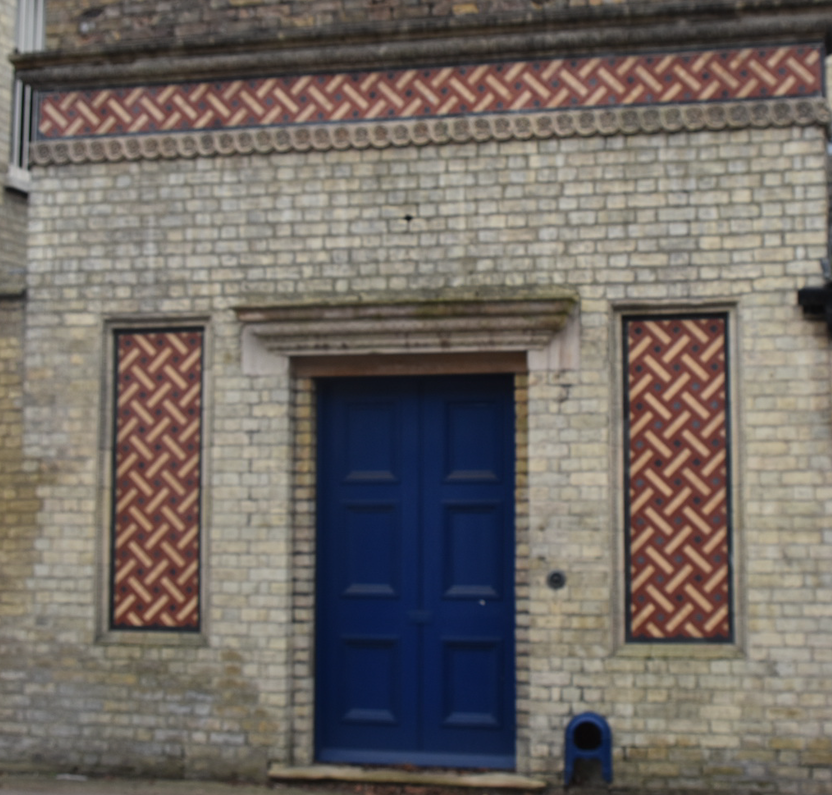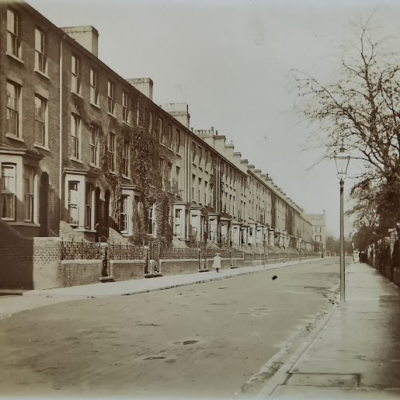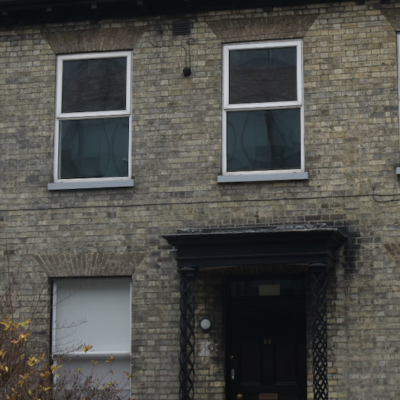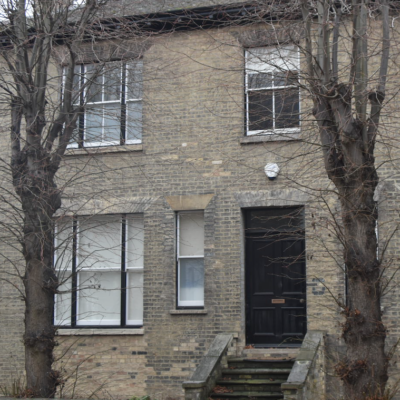Search by topic
- archaeology
- Building of Local Interest
- charity
- church
- crime
- dressmaker
- fire
- Great Eastern Railway
- Listed building
- Mapping Relief
- medieval
- oral history
- poverty
- Public House
- Rattee & Kett
- Religious House
- Roman
- scholar
- school
- Then and Now
- tudor
- women
- work
- world war one
- world war two
Search by text
 St Mary's Convent
St Mary's Convent46 Bateman Street, Paston House
History of 46 Bateman Street
The Paston House extension, known as Crush’s Building was the work of the notable Catholic architect Jack Arthur Crush.
1867 built by this time
1901
Annie E Amos [?], widow, 64, living on own means, b France
Rosy Haynes, 36, upper housemaid, b Lincs
Ethel Doggett, 20, under housemaid, b Chesterton
St Mary’s School, Cambridge was founded 1898 by the sisters of the Venerable Mary Ward and the Institute of the Blessed Virgin Mary. . The Sisters started out with two-day girls and two-day boarders. In 1904 the swelling numbers necessitated a change of venue and the Elms on Bateman Street was purchased for £6,000. The house had a tradition which was very much in keeping with Mary Ward’s vision. It had previously belonged to Dr B H Kennedy, former Regius Professor of Greek at the University. As the school continued to grow other premises were added. Paston House was purchased in 1909. (Wikipedia)
1911 Paston Day School
Frances Kennedy, 26, teaching, b Dublin
Alice Mary O’Connor, 20, music student, b London
Marguerite Schulter, 18, law student, b Salzburg
Hedge Rebuffat, 22, English student, b France
Carmen Kennedy, 18, law student, b Dublin
James Kirby, 43, gardener, b Cambs
Harriet, 39, cook, b Cambs
Irene Geoghegan, 20, law student, b London
Emma J Cureton, 57, widow, superior, b Shropshire
1913 Roman Catholic Day School and Hostel
After a large number of Belgian refugees arrived in Cambridge in 1914, two, Marguerite and Yvonne de Ley, came to Paston House.
Most of the children of the Belgian families billeted in Cambridge came to Paston House for lessons and the concert hall was fitted up as a classroom, with desks lent by the County School. Forty-six children, at first considerably outnumbering the English pupils, were taught there by two French speaking Ursuline nuns and a Flemish speaking Belgian. (Catholics in Cambridge p. 326)
1962 –
Contribute
Do you have any information about the people or places in this article? If so, then please let us know using the Contact page or by emailing capturingcambridge@
License
This work is licensed under CC BY-NC-SA 4.0









